Firefight Rules Update Part 2
27th Jul 2025
Cleric
After the huge update this week, we hand over to the Firefight RC again to finish off the update blog!
In Part 1 of this blog, we began exploring some of the broader changes introduced to Firefight: Second Edition through the Alignment Protocols update. When it came to faction changes, we started with the (at least ostensibly) good guys.
Now, things are about to get a little murkier…
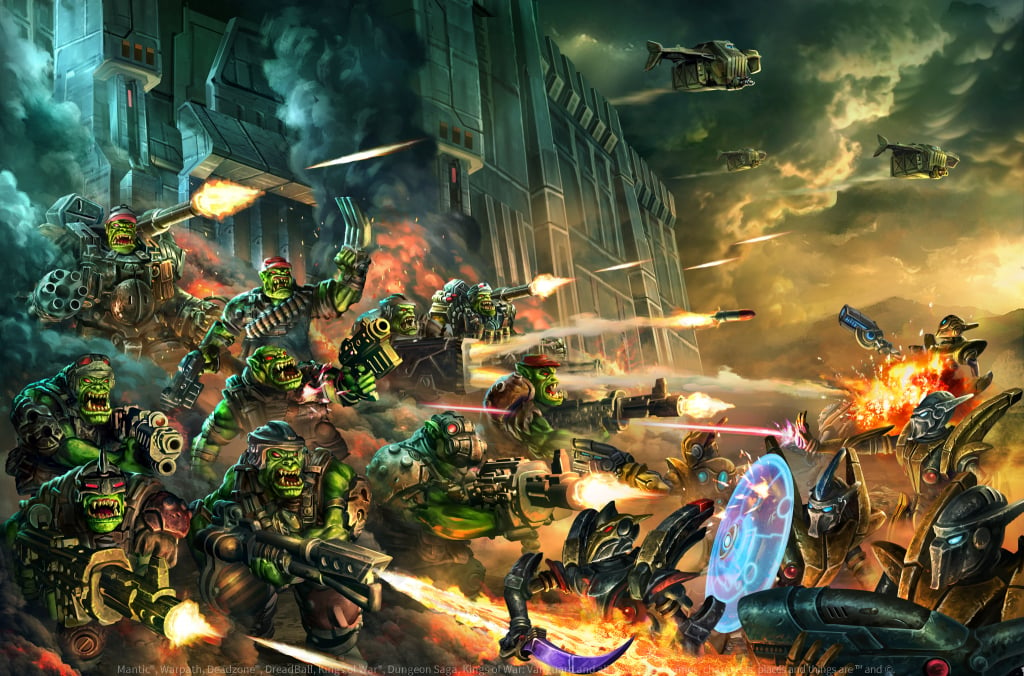
Now let’s turn to the children of Gora. Keep an eye out for changes to:
- Marauder Brawlers
- Marauder Commandos
- Marauder Skyscrapers
- Mawbeasts
- Marauder Mule Transport
- Wolverine APC
- Marauder Weapon Teams
- Stuntbot
- Guntrack
- TAD-65 Hornet Dropship
- TAD-67 Hornet ‘Stinger’ Gunship
The Marauders are heavily affected by several of the broader game-wide changes introduced in this update — including cheaper flame weapons, additional special weapons for larger squads, and updates to transport rules. But there are also some more faction-specific tweaks worth highlighting.
For example, take a look at the Weapon Teams and the Guntrack. These two units could previously be equipped with very similar weapons — but where the Guntrack was limited by Slow Reload, the goblin-lugged weapon teams were free to move and shoot without penalty, which was a little odd. That’s now been swapped: the mechanised Guntracks can zip about and fire on the go, while the weapon teams now behave more in line with similar units across the game.
Elsewhere, the iconic Stuntbot has received a small but long-requested fix: the shoulder-mounted missiles that have always been visible on the miniature now have rules on the unit’s profile.
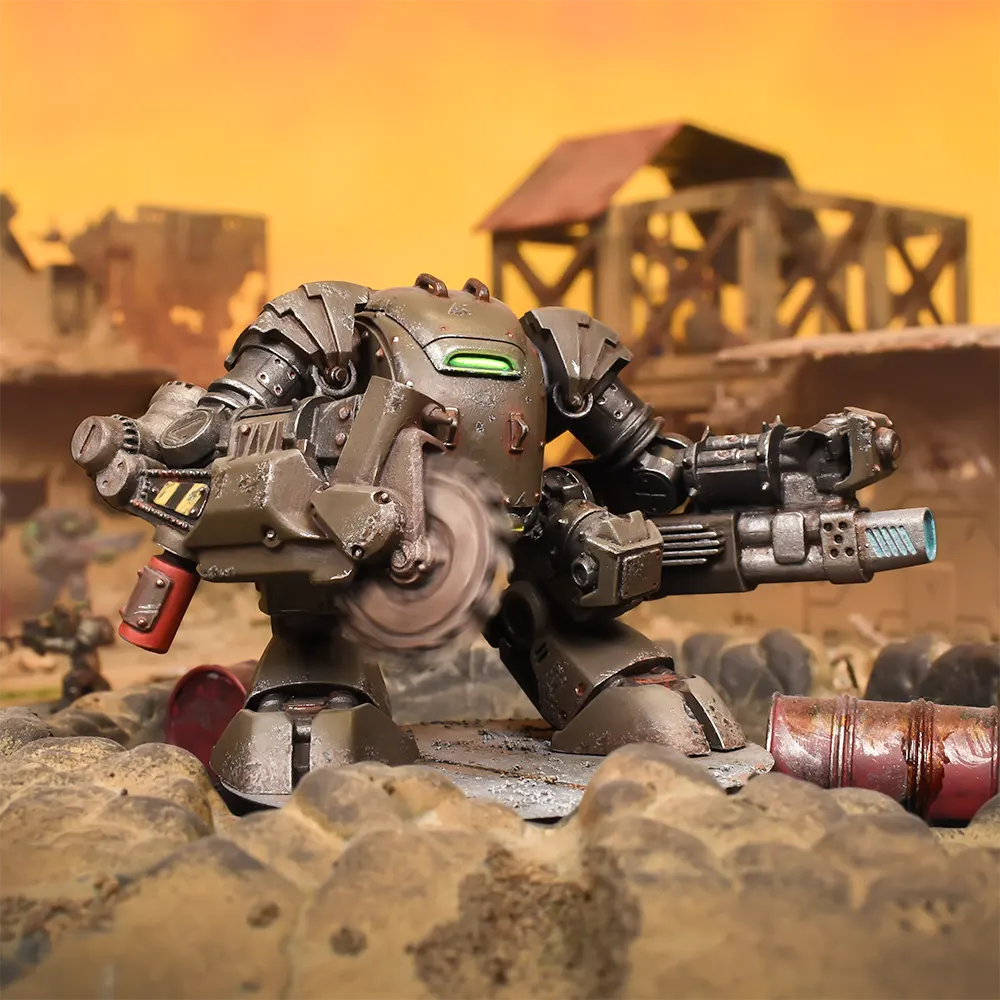
Finally, a bit of love has gone to the Mawbeasts. The bomb weapon — while thematically entertaining — proved difficult to point fairly, especially as the Mawbeast was lost in the explosion. Following some late-night goblin tinkering, Mawbeasts now charge into battle with bursting canisters filled with flechettes. These upgrade weapons still explode with a blast of damage — but crucially, the beast survives.
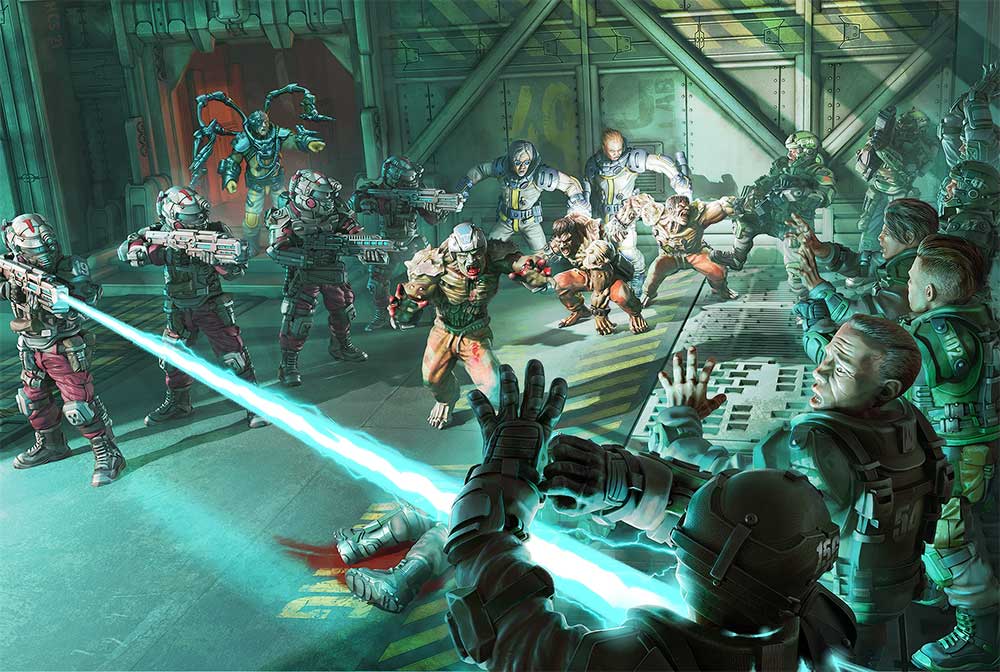
Mazon Labs continues its public mission to protect lives, innovate ethically, and definitely not run morally questionable experiments in underground facilities. Those soldiers? Just for protection. Those noises? Please don’t ask.
Check the Companion for changes to:
- Black Wing Marines
- Black Wing Rangers
- Black Wing Mule Transport
- Black Wing Medic
- Black Wing Tac Drones
- Enclosed Mule
- Neuro-Linked Chovar
- Aberration Specimen
- Black Wing Heavy Support Strider
- TAD-65 Hornet Dropship
- TAD-67 Hornet ‘Horntail’ Gunship
- Black Wing Commander
- Head Scientist
Many of the GCPS changes are reflected across the Black Wing forces. For instance, just like their GCPS counterparts, the Black Wing Medic now loses US1 when operating alone. That should make the humble field medic holding key strategic objectives by themselves a little less common. However, medics gain that utility back when supported by a good-sized escort, thanks to the Overwhelm keyword.
Another notable change is to the Enclosed Mule. In alongside the broader transport updates, it now gains the Troops classification and the Auxiliary keyword. This makes it easier to unlock in army building and — with the option to equip a gun — allows it to act as a light tank even when not carrying passengers.
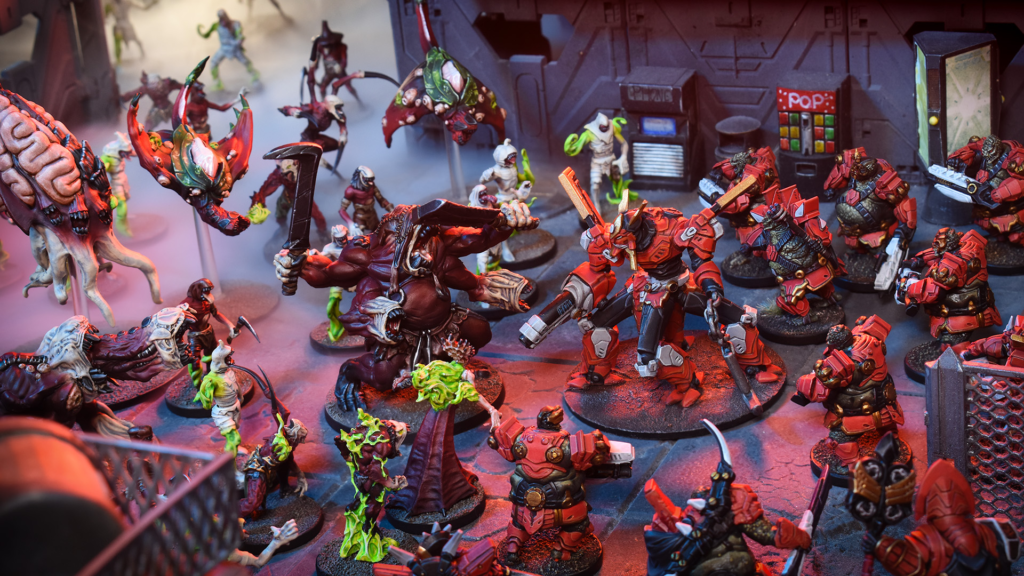
Shhhhh. Don’t mention them — it’ll only let them in.
What? It’s too late? Fine. Let’s look at the Nightstalkers next.
As a newer faction, the Nightstalkers had already benefited from many of the lessons learned during and after the Command Protocols release. As a result, there’s less to look for in this list — but still a few important updates worth your attention.
Affected units include:
- Horror
- Butcher Fleshripper
- Shadow Hounds
- Scarecrows
- Spectres
- Needlefangs
- Dreadfiend
- Mind Screech
- Terror
Now is also a good time to take a closer look at the changes to Designation keywords within the faction. While mostly a quality-of-life improvement, more units have now been assigned appropriate designation tags. The Wretch designation now includes Spectres, Scarecrows, and Void Mutants. The Gorger designation covers Butcher Fleshrippers, Butchers, and Ravagers.
This change allows for cleaner wording across several orders and enables us to be more precise about which units are affected by specific effects. For example, the powerful order Void Weaving — which heals Nightstalker units by knitting their ethereal forms back together with void energy — remains cheap when used on fragile Wretch units. However, it now costs 2 Command Points when used on more resilient Gorger units, where the wounds healed are likely harder won.
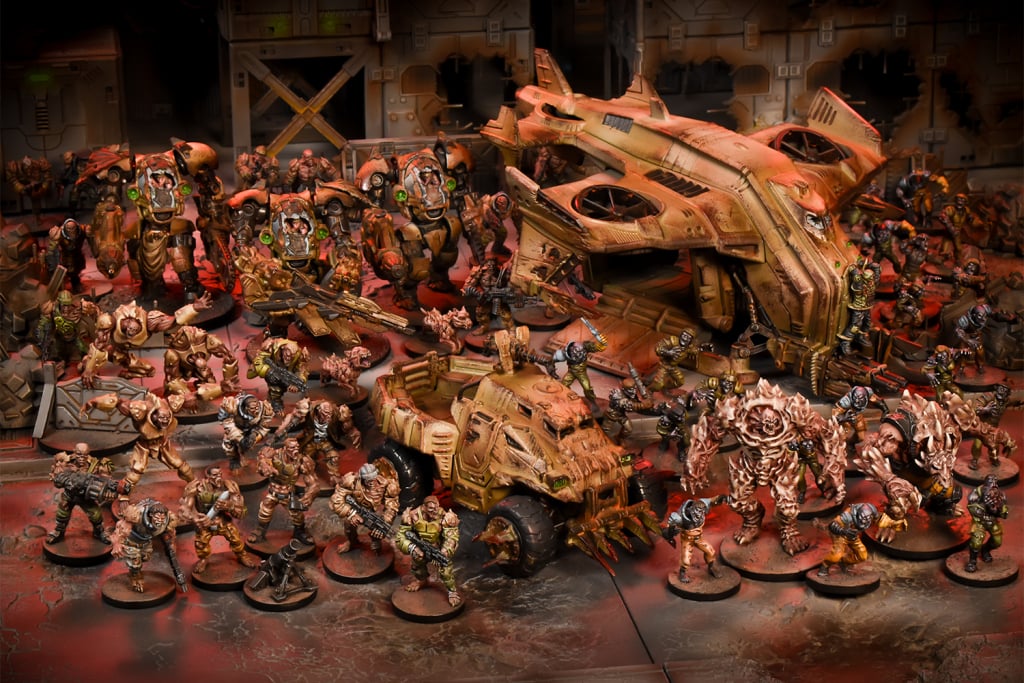
If you thought the last lot were unsettling, it’s time to take a look at the Plague. Just… don’t get too close. Here’s what to look out for in the Companion:
- Stage 3A Ghouls
- Plague Mule Transport
- Aberration
- Stage 2B ‘Bursters’
- Wolverine APC
- Stage 3A Weapon Team
- TAD-65 Hornet Dropship
- Plague Strider
- TAD-67 Hornet ‘Barbtail’ Gunship
- Corruption
- Plague Mortar Mule
- Stage 1A Plague Lord
- Stage 3A ‘Blitzer’ Monocycles
With so much hardware inherited from their pre-infection lives, many common units bring across the same tweaks seen in GCPS and Mazon Labs. Transport changes, weapon rebalancing, and profile clarifications all appear here too.
The increased use of Designation keywords really shines in this faction. All the new Vault-based Ghoul variants now fall under the Designation: Stage 3, while larger Stage 2 and Stage 1 units are also correctly labelled. This clears up targeting for faction orders and makes unit interactions more consistent across the board.
Plague forces are also one of the biggest beneficiaries of the Blaze Away keyword being added to HMGs, giving their suppression tools a much-needed boost.
More unique to them, the volatile Stage 2B ‘Bursters’ have received some love — they now have Toxic on all their attacks, enhancing their already risky, up-close playstyle.
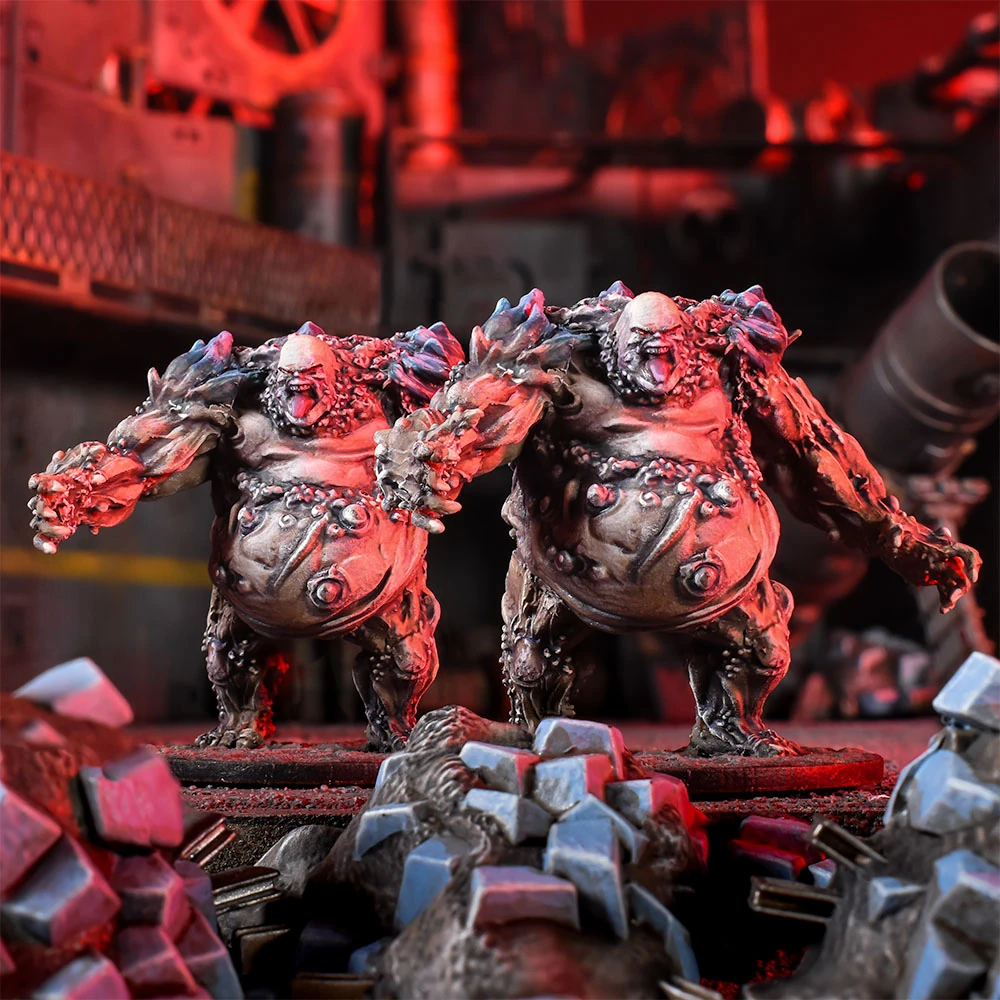
And finally, the Plague Mortar weapon teams are clearly keeping their powder a little drier — like all man-portable mortars in the game, their range has been increased by 12”, giving them a much larger threat footprint and better battlefield relevance.
Expect familiar hardware, deadlier toxins, and cleaner keyword integration — all helping the Plague spread just a little more efficiently.
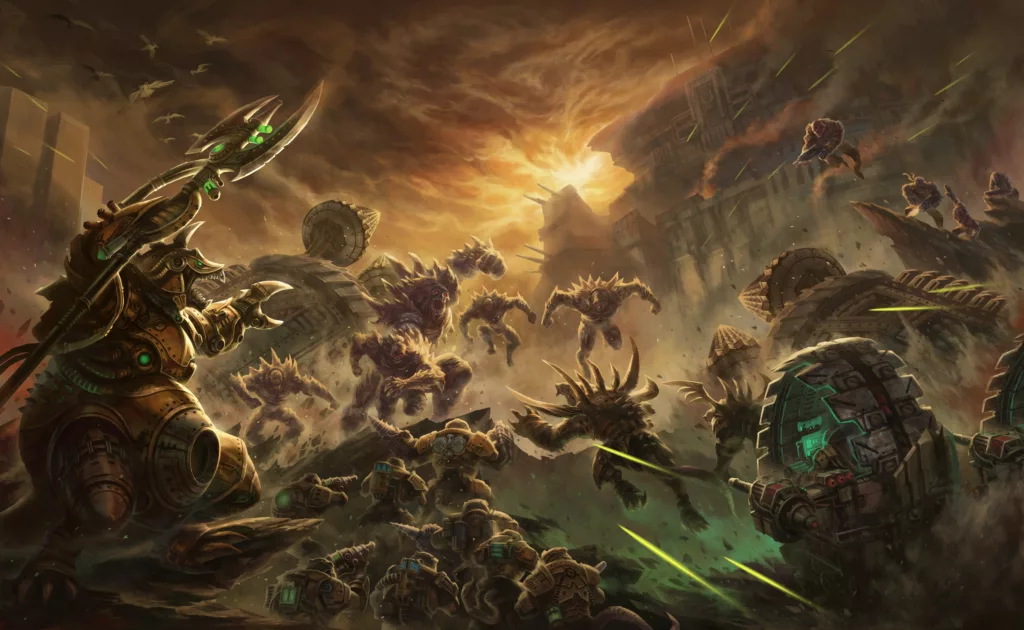
Can you smell cheese? Is that a squeaking noise?
Ah, never mind — it looks like we’ve got a vermin infestation on our hands.
Keep an eye out for changes to:
- Stalkers & Crawlers
- Maligni
- Clawshots
- Night Terrors
- Nightmares
- Tunneller (all variants)
- Death Engine
- Mutant Rat Fiend
- Rumbler
- Brood Mother
- Tangle
The Veer-myn have been a generally successful faction — with some units that proved extremely powerful, and others that saw much less use. This update aims to address both ends of that spectrum.
One of the most significant changes involves the Tunneller with the Defensive Shielding upgrade. Originally intended to protect waves of charging rat-men as they surged into battle, the Shield Tunneller also gave armoured vehicles a little more resilience than was perhaps intended. Due to the way the rules interacted, Veer-myn players could absorb small arms fire using the vehicle’s high armour value, then simply use the shield when high-powered weapons finally came into play — negating the normal counterplay seen with other shielded units.
To address this, Defensive Shielding is now a little more expensive and can only be used on non-vehicle units that realistically remain inside the shield’s protective radius. However, somewhat compensating for the price change, the Tunneller’s weapons have had a small cost reduction, helping to keep the unit viable and flexible.
On the other end of the scale, Clawshots were rarely seen — but hpeflly that’s about to change. Not only do they now benefit from the Steady Aim keyword update, but they can also now count as a Small Unit when fielded at or reduced to three or fewer models. This makes them far more survivable and when combined with the changes to Slow Reload gives Veer-myn commanders a reason to include these ratty snipers in their lists.
So — that’s just some of the changes covered here. There are still a few extra nuggets tucked away in the update for you to discover. Things like clarifying the intention around Commanders in buildings or vehicles, or how anti-grav interacts with certain types of terrain. These fall more into the category of errata than outright rules changes, so we’ll leave the details to the Companion and the upcoming downloadable PDF.
Thanks for making it this far through my ramblings — hopefully you found this little insight into our process both useful and interesting.
Now, if you’ll excuse us… we’ve got to get back to work. There are some rather shocking new arrivals just around the corner.
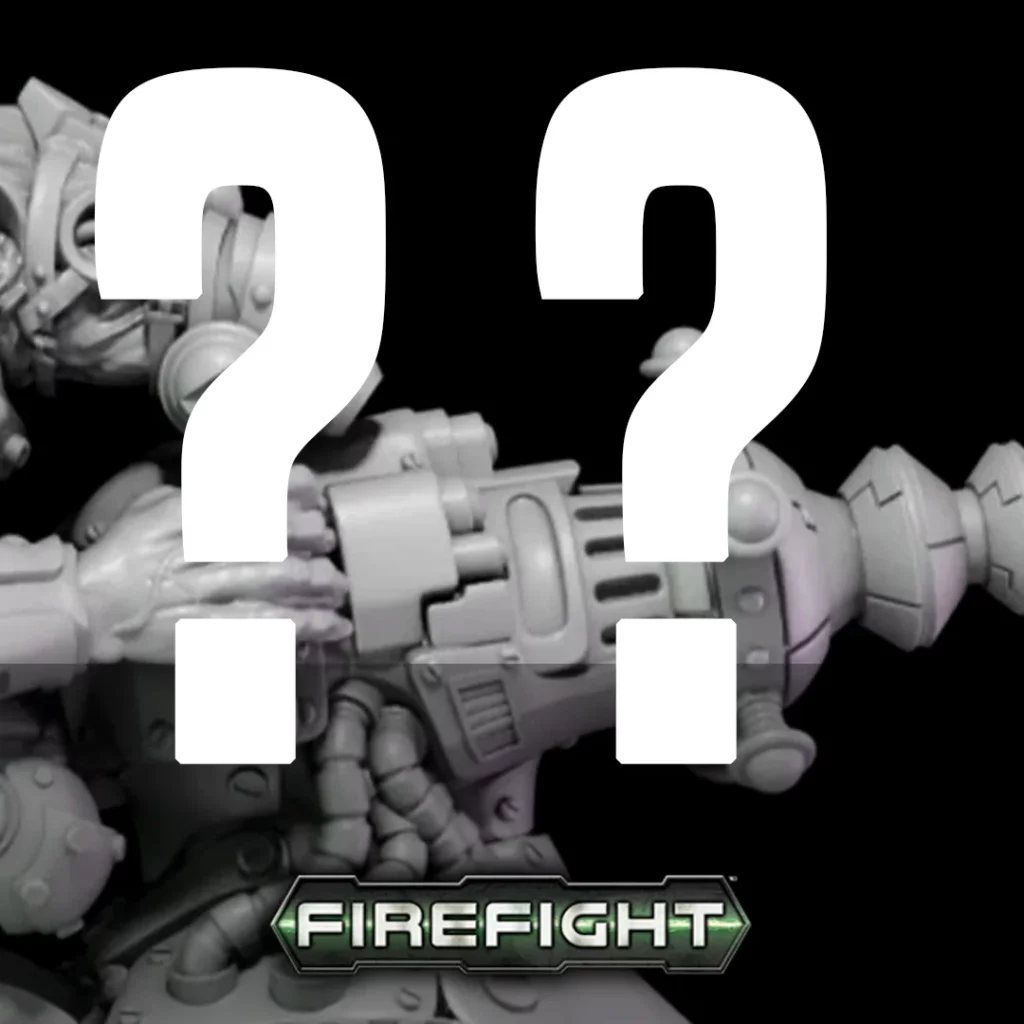
— Mat
I wonder what that could be?




